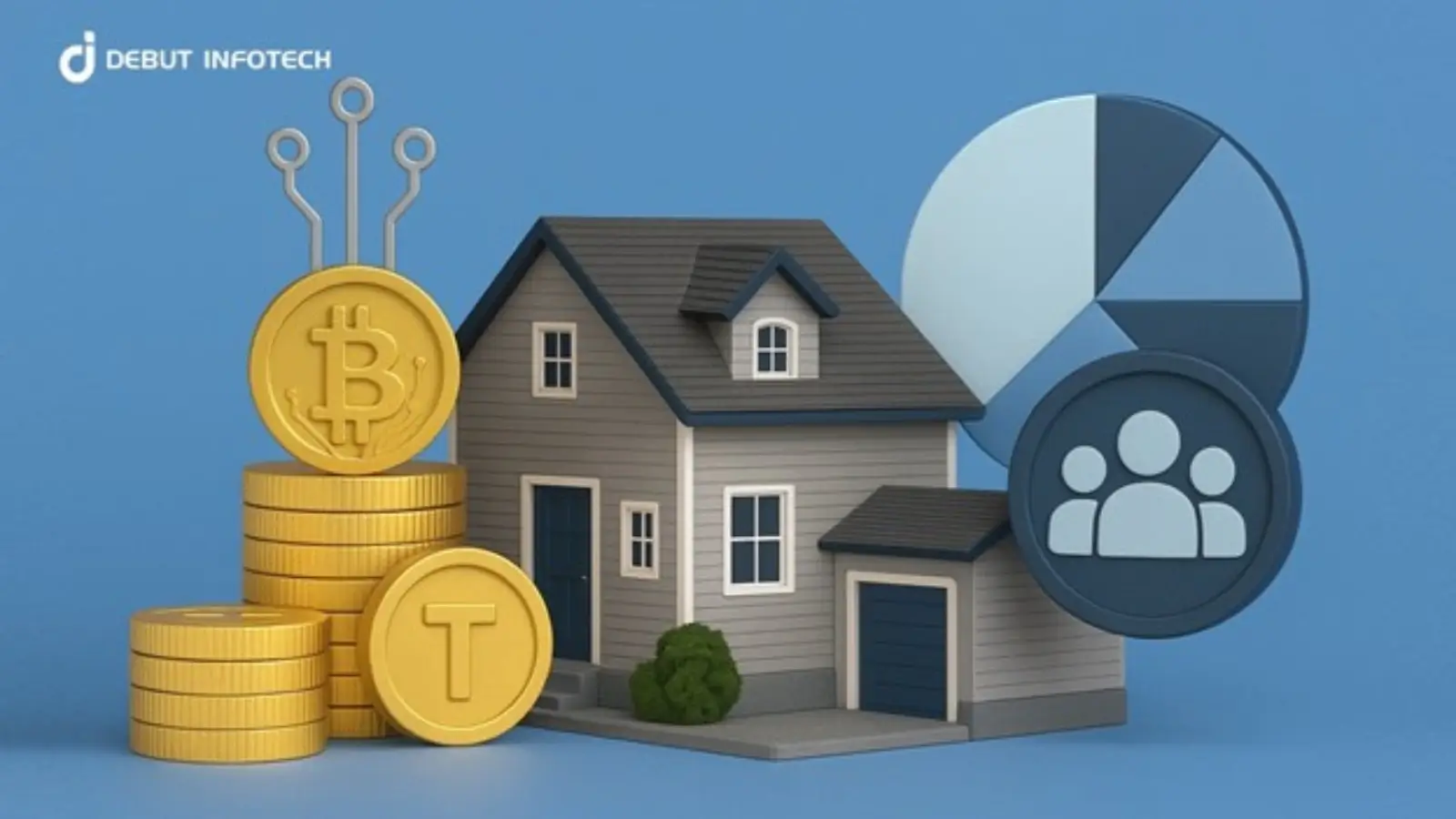Ethereum is one of the most prominent and versatile blockchain platforms in the world. It is widely recognized for its ability to support decentralized applications (dApps), smart contracts, and its native cryptocurrency, Ether (ETH).
Often compared to Bitcoin, Ethereum goes beyond being just a digital currency; it’s a foundational platform that powers an entire innovation ecosystem, from finance to gaming.
If you’ve ever wondered what Ethereum is and why it’s so important in blockchain and cryptocurrency, here’s a comprehensive look at its purpose, technology, and impact.
The Basics of Ethereum
Ethereum is an open-source, decentralized blockchain platform that allows developers to build and deploy dApps using smart contracts. It was proposed in 2013 by programmer Vitalik Buterin and officially launched in July 2015. Unlike Bitcoin, which focuses primarily on digital currency transactions, Ethereum was designed to be a programmable blockchain, enabling a wide range of use cases.
Ethereum's native cryptocurrency, Ether (ETH), is used to pay for transactions and computational services on the network. It’s also one of the most valuable cryptocurrencies in the world, second only to Bitcoin in market capitalization.
Key features include:
Smart Contracts
Ethereum introduced the concept of smart contracts, which are self-executing agreements with predefined conditions written into code. These contracts eliminate the need for intermediaries and enable trustless transactions.
Decentralized Applications (dApps)
Developers use Ethereum to create dApps that run on the blockchain. These applications cover various industries, including finance, gaming, healthcare, and supply chain management.
Ether (ETH)
The platform’s cryptocurrency is used as “gas” to power transactions and operations on the network. It also serves as a store of value and an investment asset.
Decentralization
Ethereum operates on a decentralized network of nodes, ensuring no single entity controls the platform.
How Does Ethereum Work?
Ethereum operates as a decentralized, distributed network of computers (nodes) that work together to validate transactions and execute smart contracts. Here’s how it functions:
Blockchain Technology
Ethereum’s blockchain records all transactions and smart contract interactions in a secure, immutable ledger.
Smart Contracts Execution
Smart contracts are deployed and executed on the Ethereum Virtual Machine (EVM), a decentralized runtime environment that ensures the code runs exactly as programmed.
Gas Fees
Each transaction or operation on the Ethereum network requires a fee, paid in ETH. These fees compensate miners (or validators in Ethereum 2.0) for their computational work.
Ethereum 2.0: The Transition to Proof of Stake
Originally, Ethereum operated on a Proof of Work (PoW) consensus mechanism, similar to Bitcoin, which required energy-intensive mining. However, Ethereum is transitioning to a more energy-efficient Proof of Stake (PoS) mechanism as part of Ethereum 2.0, also known as “The Merge.” This upgrade aims to improve scalability, reduce energy consumption, and enhance security.
In the PoS system, validators replace miners. Validators are chosen to propose and verify blocks based on the amount of ETH they have staked (locked up) as collateral. This shift makes Ethereum more environmentally friendly and scalable, allowing it to process more transactions per second.
How Do People Use Ethereum?
Ethereum’s versatility makes it a key player in various industries. Here are some of its most prominent use cases:
Decentralized Finance (DeFi)
Ethereum powers a wide range of DeFi platforms that allow users to lend, borrow, trade, and earn interest on cryptocurrencies without intermediaries. Examples include Uniswap, Aave, and MakerDAO.
Non-Fungible Tokens (NFTs)
Ethereum is the leading blockchain for NFTs, unique digital assets representing ownership of art, collectibles, and more. Platforms like OpenSea and Rarible are built on Ethereum.
Supply Chain Management
Ethereum’s transparency and immutability make it ideal for tracking goods and verifying authenticity in supply chains.
Gaming
Blockchain-based games like Axie Infinity and Gods Unchained leverage Ethereum for in-game economies and asset ownership.
Identity Management
Decentralized identity systems on Ethereum allow users to control their data securely without relying on centralized entities.
What Are the Advantages of Ethereum?
Advantages of Ethereum include the following:
Programmable Blockchain
Ethereum’s smart contracts enable developers to create custom applications, setting them apart from other blockchains.
Large Ecosystem
Ethereum boasts the largest community of developers, projects, and users in the blockchain space, fostering innovation and collaboration.
Interoperability
Many other blockchains and projects integrate with Ethereum, making it a hub for decentralized applications.
Security and Decentralization
The network’s robust infrastructure and decentralized nature provide security and resilience against attacks.
Challenges Ethereum Faces
Despite its advantages, Ethereum faces several challenges on crypto exchange platforms, such as:
High Gas Fees
During periods of high demand, Ethereum transaction fees can become expensive, limiting accessibility for smaller users.
Scalability
While Ethereum 2.0 aims to improve scalability, the network still needs to improve congestion compared to newer blockchains like Solana and Binance Smart Chain.
Competition
Ethereum faces competition from other smart contract platforms that offer lower fees and faster transaction speeds.
Ethereum and the Future of Crypto
Ethereum has become a cornerstone of the blockchain ecosystem, powering smart contracts, dApps, and decentralized finance.
While challenges remain, Ethereum’s continuous development and widespread adoption make it a critical player in the ongoing evolution of blockchain technology. Whether you’re a developer, investor, or blockchain enthusiast, understanding Ethereum is essential to navigating the future of decentralized innovation.
















